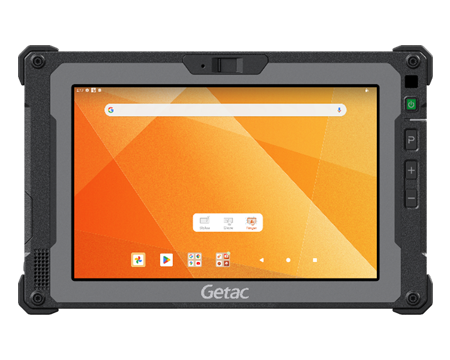Digitize your warehouse management and efficiently capture data: RFID, barcode or a combination of the two?
Looking for ways to cut costs and save time in your warehouse management by digitizing? Automatically identify objects and process this information efficiently? Which technology, hardware and software are most suitable? The most commonly used technique is still barcode, but RFID is on the rise for a reason.
How do you choose the right label?
There is an incredible range of possibilities. The right label in the right place in the right application is more important than ever to work as efficiently and time- and cost-effectively as possible. We have therefore listed a few important factors that provide more insight into the complexity of this choice.
From extreme applications to standard solutions
Are there specific environmental factors associated with your work environment? With more than 1000 different types of labels in our range, there is a suitable solution for every application. For example, there are labels that can withstand high temperatures and are therefore suitable for use in an oven during the production process. But there are also labels that are water resistant or that can be exposed to sunlight for extended periods. Labels that have to stick for a long time to certain surfaces are provided with an appropriate adhesive.
Line of sight, visual contact
Barcodes require visual contact between the object and the reader, which is positive for the precision of the scanning. This way, you can really focus on one particular object. That also makes creating unique references very easy. A disadvantage is that if barcodes are damaged during transport or become dirty, they are no longer readable, and they are no longer scannable. Moreover, it is very time-intensive to scan everything separately when you are, for example, conducting an inventory count.
RFID also works if the object is not visually visible to the scanner. You can thus scan large numbers in a room in a few seconds. In addition, RFID can also scan through objects to a limited extent. Hundreds of products in a cardboard box no longer have to be removed from the box for individual scanning. This makes it possible to optimize existing processes in terms of speed, sometimes resulting in enormous time savings. Scanning errors are also minimized with RFID.
Which solution for your specific application?
If large objects such as furniture have to be scanned one by one, RFID may not really add value. For cheap items, a more expensive RFID label is often not optimal, but to easily and quickly check the contents of a truck, RFID is useful with the installation of automatic portals at delivery docks. It is also possible that the most suitable solution for a specific application could consist of a combination of barcodes and RFID.
Implementing technology in your business is not as easy as finding the right technology for your application. That is why Microtron helps you develop the right solution, with or without RFID.
Wondering which solution is most suitable for your work environment? Contact Microtron and let our experts advise you.
This message belongs to the following markets & applications:
Customized advice?
Our employees are happy to help you

